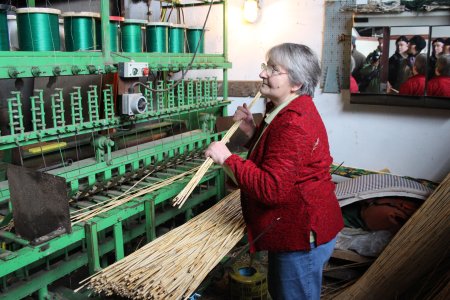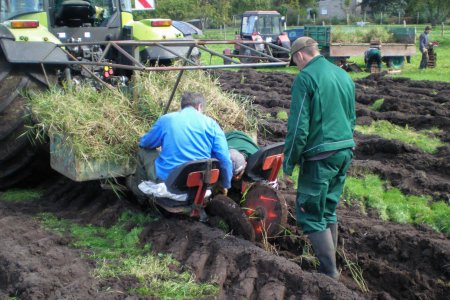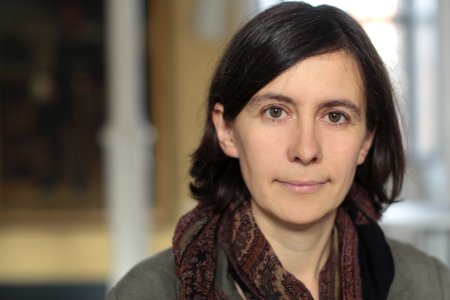Put Typha in your wall, and heat with reeds

Paludiculture – how we can use peatlands sustainably
Drained peatlands cover a mere 0.3% of the world’s land surface, but they are the source of almost 5% of the world’s anthropogenic CO2 emissions. To turn ”climate villains" into ”climate saviours” we need to re-wet drained peatlands and keep the carbon in the soil. Along with reductions in CO2 emissions, peatland fires, land degradation and land loss, peatland conservation also has benefits for water regulation and biodiversity. What is more, re-wetted peatlands can be used productively! The time is ripe for more attention to be given to paludiculture (“palus” – Latin for “swamp”) - the productive use of biomass from wet and re-wetted peatlands in a way that maintains the peat body intact.
Typha in your wall
Thatching for roofs is a traditional example of a use of biomass from fens. But there is much more to it than this. Wetland plants, such as reeds and Typha, can be a source of a wide range of building materials, from construction boards to insulation panels. In the floodplains of the Tigris and Euphrates rivers, Marsh Arab houses made entirely out of reed have been constructed in the same way for around 5,000 years.
Heat from reeds
Biomass from wetlands can be made into a dry energy source! The world’s first heating plant using fen biomass operates in North East Germany. It uses reeds and sedges from re-wetted peatlands, and fulfils the heating and hot water requirements of 540 households, a school and a kindergarten, replacing 375,000 litres of fossil-fuel heating oil per year. Fodder and food may also be produced from fens. In areas that would be too wet for cattle, water buffalo feel quite at home, and can be used as a source of high quality meat and milk for cheese (mozzarella).
No peat on the plate
We ourselves have to stop “eating peat”! In many countries , peat is still the most commonly used horticultural growing medium. Peat is a fossil resource, but there is a renewable alternative, in the form of Sphagnum moss, farmed on bogs that have been subject to drainage in the past. Fresh Sphagnum biomass can largely substitute for non-renewable peat, as it has similar chemical properties. Large-scale pilot sites have shown that Sphagnum can be cultivated and harvested successfully.

The paludiculture potential
There is clearly good potential from paludiculture, but there still is a problem. Paludiculture is becoming increasingly known, but it is still rarely practised. In order to facilitate its implementation on a large scale (there are approximately 655,000 km² of drained peatlands globally), incentives for such climate-smart land use alternatives must be created. Exchange of best practices is clearly also needed. One opportunity to catch up with the latest developments in this is the week-long conference on paludiculture at the Greifswald Mire Centre (Germany) in September 2017. This event includes a national conference “Paludiculture in Germany”, excursions, an international conference on paludiculture and an international workshop on Sphagnum farming. For more information see www.paludiculture.com and www.rrr2017.com.

By Dr Franziska Tanneberger
Franziska Tanneberger is based at the Institute of Botany and Landscape Ecology at Greifswald University, Germany. She works on fen mire ecology, fen biodiversity, the climate relevance of peatlands, and peatland restoration, particularly within voluntary carbon schemes. She has contributed to various mire research and conservation projects in Germany, Russia, Belarus, and Poland. Together with Greta Gaudig, she is Head of the Greifswald Mire Centre, the science-policy-practice interface for peatlands (www.greifswaldmoor.de).